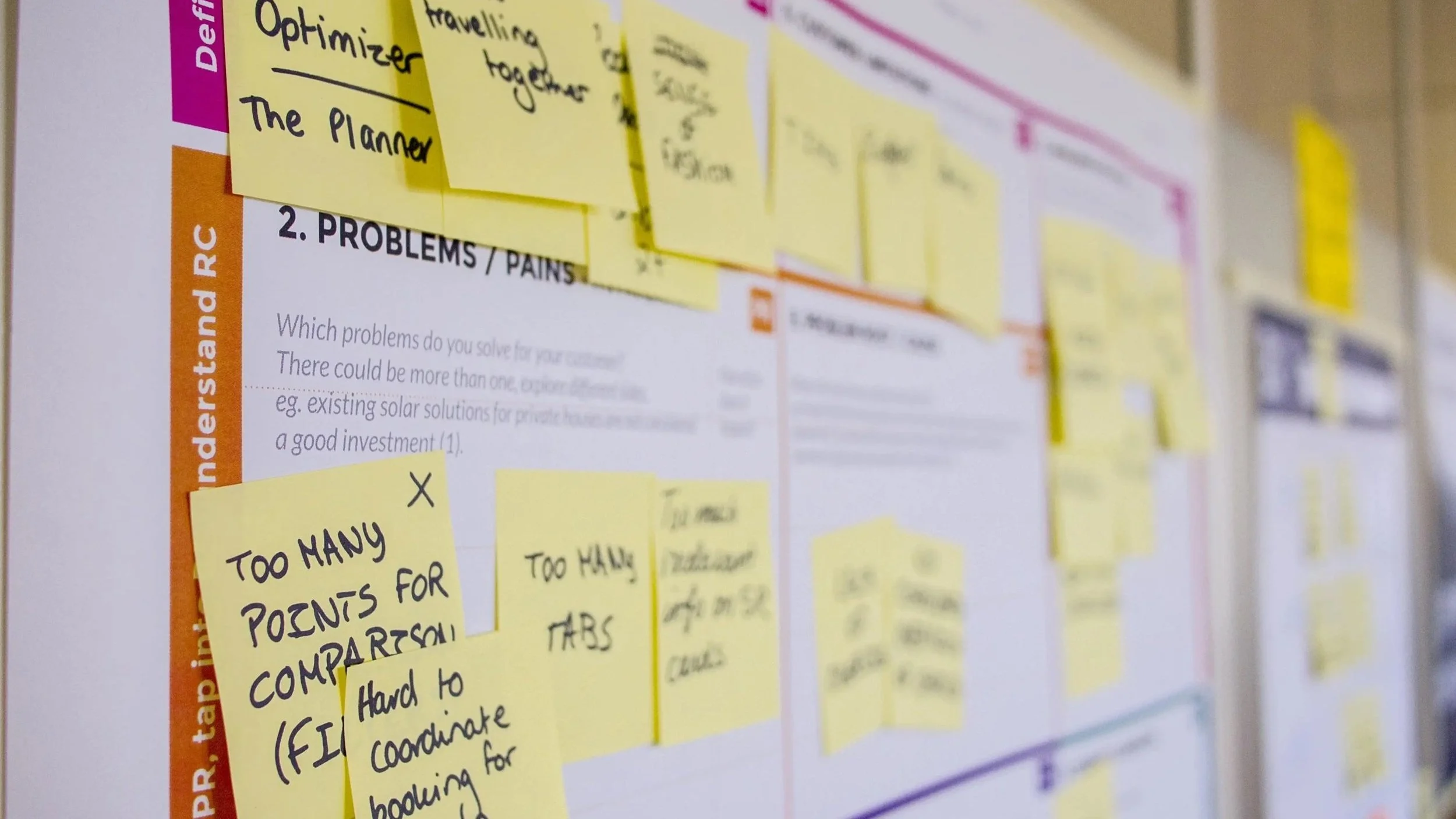The Art of Unlearning to Support Agile Transformation
It’s been 20 years of Agile Manifesto; still, organizations are struggling in Agile transformation. It’s not only because many people don’t understand Agile, but also because different people have different Agile understandings. Moreover, some of them are heavily based on a waterfall mindset with Scrum/Kanban practices.
I have been experiencing a trend of working with people who claim to know Agile, but actually, they have some wrong impression of it — for example, running sprints under fixed budget, scope and timeline projects.
The most useful learning isn’t usually a strict addition of new knowledge, but first unlearning something false or unhelpful beliefs. Now is the time to work with people who need to do some unlearning to change their mindset.
Unlearning isn’t easy. Cognitive Neuroscience suggests how people become unconscious of their beliefs and behave in the same way repeatedly.
Dustin’s bike experiment proves this concept.
https://www.youtube.com/watch?v=MFzDaBzBlL0
He turned the handlebars of a bike. Instead of turning right to move the bike to the right, the rider must turn the handlebars to the left. He participated in this experiment with many other people. Nobody was able to ride the inverted bike. It took him eight months to learn this new way of riding the bike vs his kid learned in few days.
It turned out that the older the person is, the more ingrained learning becomes. It means harder to unlearn and learn new things.
Similarly, we repeatedly practice many tasks that make them hard to forget and easy to do without thinking. When certain behaviours and thoughts often occur, the brain develops a shortcut, making the tasks feel effortless.
Change requires unlearning and learning.
Learning a new approach to anything leads us to brain struggle. Once on the “backward” bicycle, Dustin quickly discovers that the small change creates an enormous challenge. He was unable to stay on the bike for even a minute. To think in a new way, we need to “unlearn” our more automatic beliefs.
It all happens because of how our brain works. Our brain is made up of many neurons and connections between them.
Learning becomes possible only by changing the brain throughout by rewiring the neurons. It is called neuroplasticity.
Our old behaviours have built the neural network in a way that we start acting subconsciously. So we have to develop neuroplasticity to make the new learning happen.
Neuroscience proves that by conscious effort, people can rewire their brains. Similarly, Ivan Pavlov shares:
“The key insight to take home from learning theory is that most behaviours are learned behaviour, for animals as well as human beings. If behaviour can be learned, it can also be unlearned …”.*
So what makes unlearning so hard?
The first challenge of unlearning is that you are likely to dismiss it when something contradicts your current understanding.
If your current understanding is to start a product with a long term detailed plan, then accepting to work in short iterations become difficult. However, unlearning the traditional planning methods would make the brain creative and come up with valuable processes.
Once anyone accepts the need for unlearning, then conscious practice makes it easier.
FEED neuroscience model is impactful in unlearning and learning new behaviours. It makes neuroplasticity possible.
FEED (Focus, Efforts, Effortlessness, Determination):
Focus: Focus is paying attention to desired thinking or behaviour. Observe and consciously try it. It will activate more significant parts of your brain to work on that particular behaviour.
For example, if people consciously observe great Agile Coaches, Scrum Masters’ or Leaders, they start believing in the new mindset.
Effort: Put effort to shift your attention towards your action. It will help you to activate new synaptic connections. And you have to keep making efforts to do it until it becomes effortless.
Start practice. The more you practice Agile techniques, it will become natural to you.
Effortlessness: This is the point when we no longer have to make an effort to do something that was once new to us. It happens when we have done something so often that the whole process is possible to occur subconsciously.
Determination: Determination solidifies the neuron connections. It helps to rewire your brain. Hence, be deterministic and keep going.
The whole journey of unlearning old behaviours and learning new ones is not comfortable, so be patient. With time and effort, we can change for good.

